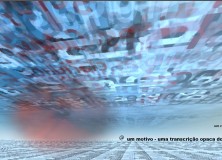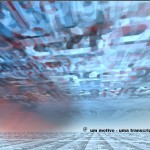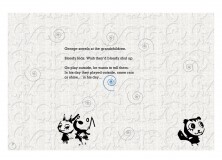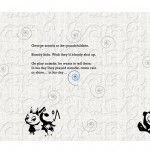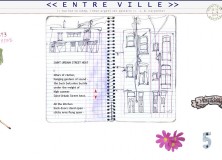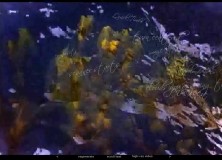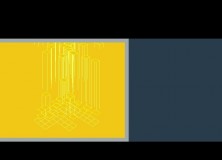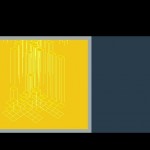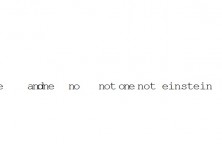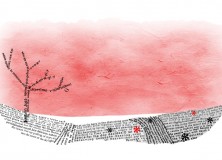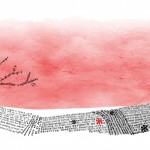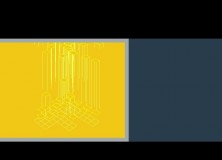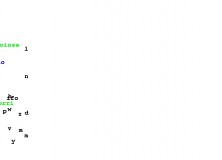by Rui Torres. Poemas no meio do caminho, written in Portuguese, is a poetry project that offers the reader different reading possibilities, depending on her navigational decisions. There are two available versions: the horizontal and the vertical. The horizontal version is a 3D panorama including video that the reader can drag; the vertical version uses html to allow the reader to read and play with the texts in a more conventional and simple way. One of the key aspects of Poemas no meio do caminho is that the reader can decide whether she wants to keep her reading path – that is, keep her poems in the middle of her road. Automatically, then, the poem that every reader has created has a stabilized form in a blog where other readers can share and debate the collection of poems.
Featured in the Electronic Literature Collection Volume 2

